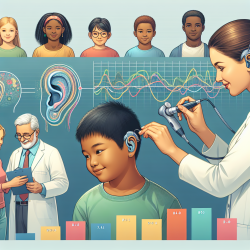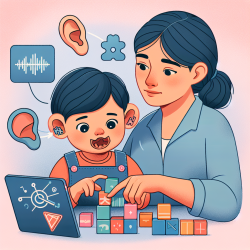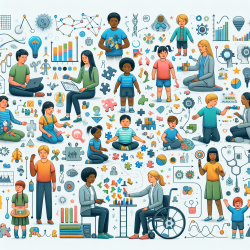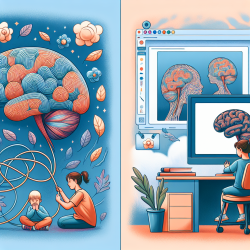Teaching is an art and a science, especially within the realm of special education. According to regulation 298 of the Ontario Education Act (1990), the primary role of educators is to 'effectively' instruct the students they have been assigned. However, what does 'effective' teaching really mean in the context of a diverse classroom? It's about more than just delivering the day's lesson; it's about connecting with each student, understanding their unique abilities, and tailoring the educational experience to fit their needs.
As educators, we strive to support our pupils' learning by considering the best possible ways to serve their diverse abilities. This often means utilizing special education programs and services as resources to individualize our pedagogy. But, working in special education is not without its challenges. These barriers can range from limited resources to a lack of understanding of the specific needs of students with disabilities.
However, it's crucial to view special education not as a hurdle but as a powerful tool to cater to the diversity of students in 20th-century classrooms. Here are some strategies to overcome these challenges:
- Embrace Technology: Online therapy services, like those provided by TinyEYE, offer innovative solutions for delivering personalized support to students, regardless of their location or the resources available at their school.
- Continued Professional Development: Educators should seek out opportunities for learning and growth, ensuring they are equipped with the latest strategies and tools for meeting the needs of their students.
- Collaboration is Key: Working closely with parents, therapists, and other educators can create a supportive network that fosters student success.
- Focus on Strengths: Every student has unique strengths. By focusing on these, rather than just areas of difficulty, educators can inspire confidence and encourage engagement.
Ultimately, effective teaching in special education is about more than just overcoming barriers; it's about creating an environment where all students feel valued, understood, and supported. By embracing these strategies, educators can make a meaningful difference in the lives of their students, ensuring that every child has the opportunity to reach their full potential.
For more information, please follow this link.










